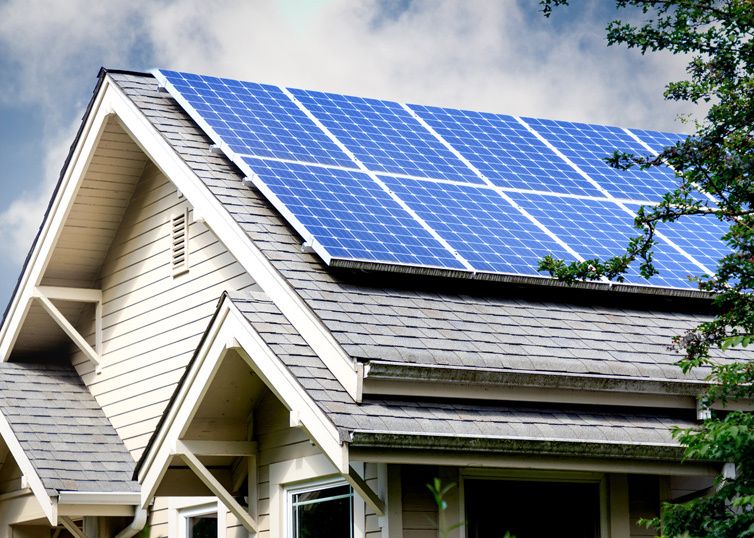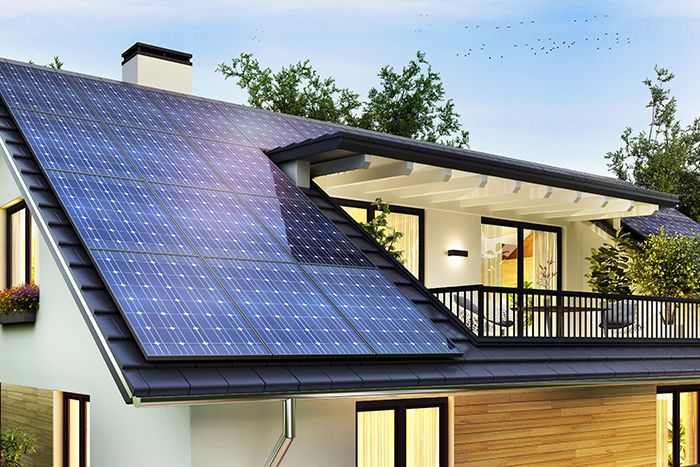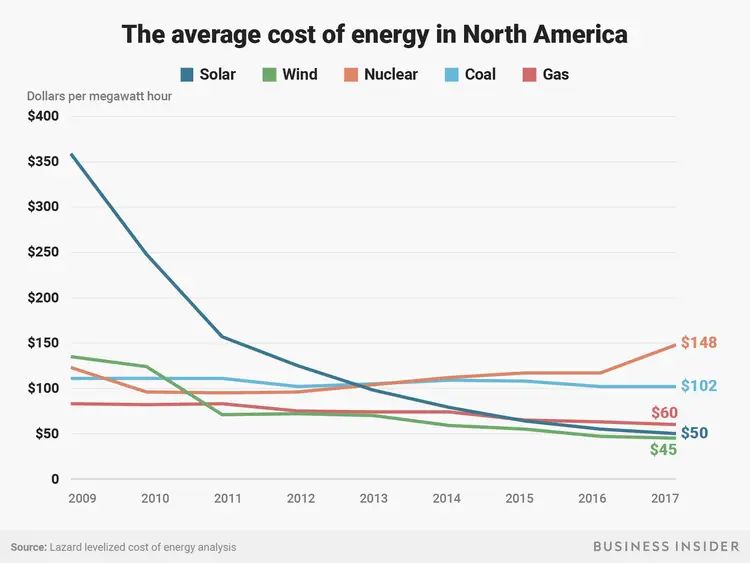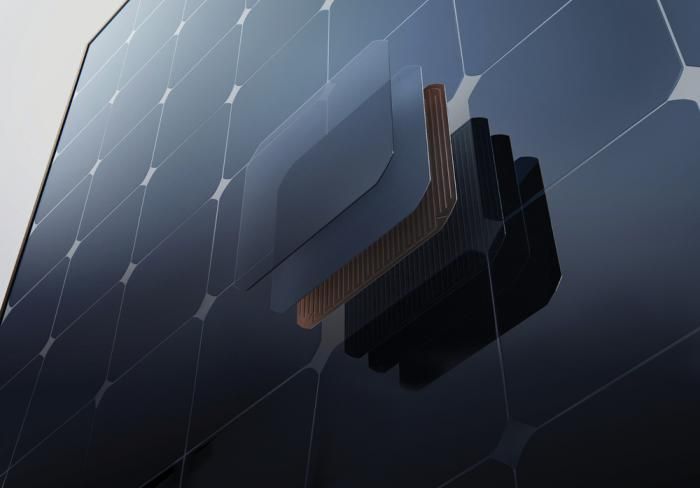Are Solar Panels Worth It?

Solar panels have become increasingly popular in recent years as a renewable energy source for homes and businesses. However, there is an ongoing debate about whether the upfront costs of installing solar panels are worth the long-term savings and benefits. This article examines the key factors in determining the value of solar panels, including upfront costs, long-term savings, government incentives, environmental benefits, resale value, maintenance, warranties, and potential obstacles.
The goal is to provide a thorough, objective analysis of the pros and cons to help readers decide if solar panels are a smart investment for their specific situation. There are compelling arguments on both sides, so it’s important to look at the full picture when evaluating if solar power is worth it.
Upfront Costs
The most significant obstacle for most homeowners considering solar panels is the high upfront cost. Purchasing and installing a solar panel system requires a substantial initial investment of anywhere from $15,000 to $25,000 for an average-sized system of around 8 kilowatts (kW).
According to Forbes, the average cost to purchase and install solar panels on a home in 2023 ranges from $5,400 to $18,000 for systems from 6kW to 12kW.
The total upfront cost depends on several factors like the size of the system, type of solar panels, difficulty of installation, permits and fees, and available incentives. Larger systems and premium solar panel products will be costlier. Complex rooftop installations or custom racking and mounting equipment can drive up labor costs as well.
Despite the high upfront price tag, solar panels can pay for themselves in the long run through electricity bill savings. But for many homeowners, coming up with such a large lump sum all at once poses a barrier to adopting solar power.
Long-Term Savings
Solar panels can provide significant long-term savings on electricity costs for homeowners. According to an analysis by Forbes, the average homeowner can save between $25,500 and $33,000 on electricity bills over the lifespan of a solar panel system. This amounts to $1,500 per year in energy bill savings on average. The savings accumulate substantially over the typical 25-30 year lifespan of solar panels.
As reported by MarketWatch, a home solar system generating $1,500 in annual savings can lead to over $40,000 in total lifetime savings. Exact savings vary based on system size, electricity rates, and sunlight availability. But for many homeowners, solar power generation from rooftop systems offsets 50-100% of grid electricity needs, slashing energy bills.
According to EnergySage, homeowners can expect between $20,000 and $96,000 in lifetime savings from solar panels, depending on local electricity rates. With solar energy costs decreasing and electricity rates rising over time, the long-term savings will likely be substantial for most homeowners with rooftop solar panels.
Government Incentives
There are several government incentives available to homeowners who install solar panels, which can help to offset the initial costs of going solar. The main incentive is the federal solar Investment Tax Credit (ITC). This provides a tax credit equal to 26% of the cost of installing a residential solar energy system in 2020-2022. The ITC drops to 22% in 2023 before expiring in 2024 [1]. For commercial solar installations, the ITC remains at 26% until 2022 before dropping to 10% in 2023.
Many states and utilities also offer additional rebates and incentives for installing solar panels. For example, California has the California Solar Initiative, which offers cash back per watt of solar panels installed. Other states like Massachusetts and New York also offer significant upfront rebates. Generally, state and utility incentives range from $0.15 – $1.00 per watt of solar panels installed [2]. It’s important to check available incentives based on your location.
When combined with the federal ITC, state and utility incentives can cover 30-40% of the costs of a solar installation. Take advantage of these while they last, as incentives are being reduced over time.
Environmental Benefits
Solar power has significant environmental benefits compared to fossil fuels like coal, oil and natural gas. Unlike fossil fuels, solar panels produce electricity without emitting greenhouse gases like carbon dioxide that contribute to climate change. According to the U.S. Energy Information Administration, solar energy technologies do not produce any air pollution, including carbon dioxide, when generating electricity (1). The Environmental Protection Agency estimates that a typical residential solar PV system can reduce greenhouse gas emissions by 50,000 lbs over its lifetime (2). This clean energy production helps reduce the impact of electricity generation on climate change.
In addition, solar power does not require mining or drilling operations that can damage habitats and cause water and air pollution like fossil fuels. The generation of solar electricity is much cleaner and safer for the environment. Solar farms can also utilize existing unused land so there is minimal disturbance to natural habitats (3). Overall, solar power provides much greater environmental benefits compared to traditional energy sources.
Sources:
(1) https://www.eia.gov/energyexplained/solar/solar-energy-and-the-environment.php
(2) https://www.energysage.com/solar/health-environmental-benefits-of-solar-energy/
(3) https://www.energy.gov/eere/solar/solar-energy-wildlife-and-environment
Resale Value
Installing solar panels can significantly increase a home’s resale value. According to research by Zillow, homes with solar panels sell for about 4% more on average compared to similar homes without solar panels. The increase in home value from solar panels depends on factors like the size of the solar system, electricity rates in your area, and the overall real estate market.
One key reason solar increases resale value is energy bill savings. Solar panels can reduce or even eliminate monthly electricity bills, so buyers are willing to pay more for a home with lower utility costs. According to the Appraisal Journal, for each $1 reduction in annual utility bills from solar panels, a home’s value increases by around $20.
Solar also appeals to buyers looking for an eco-friendly home. There is growing demand for sustainable and energy efficient housing, especially among younger homebuyers. Homes with solar panels cater to this market segment and can command higher prices as a result.
Additionally, incentives like federal tax credits for solar panels can transfer to a new homeowner after a sale. Being able to claim these credits makes solar panels even more valuable to potential buyers.
However, the resale value boost does depend on your specific local housing market. In areas like California with high energy costs, solar panels tend to have a greater positive impact on home values compared to other regions.
Overall, installing a properly-sized solar system is a smart investment if you plan to sell your home in the future. Solar panels can pay for themselves in energy savings and make your house more attractive to prospective buyers.
Maintenance
Solar panels require some regular maintenance to keep them operating efficiently. The main maintenance tasks involve cleaning the panels and inspecting the system components. Solar panels can accumulate dirt, dust, pollen, and other debris which can reduce their power output. It’s recommended to clean solar panels at least twice a year, more often if you live in a dusty climate. You can clean them yourself with a soft brush and mild detergent and water. Hiring a professional solar company to clean them typically costs $300-$700 per visit for an average-size residential system according to Fixr. This comes out to about $400-$740 per year for two professional cleanings.
In terms of inspection, you’ll want a professional to inspect all panels, wiring, inverters, and mounting equipment annually. Minor repairs, adjustments, or part replacements may be needed over time. The average total annual cost for maintenance of a solar panel system, including cleaning and inspections, ranges from $400-$740 according to sources like Roof Gnome. Proper maintenance helps solar panels last their full lifespan of around 25-30 years.
Warranties
Solar panel manufacturers provide two main types of warranties – product and performance. The product warranty covers defects and premature failure of the solar modules, inverters, and other equipment. This warranty typically lasts 10-12 years for basic coverage, or up to 25 years for premium panels (Source). The performance warranty guarantees a certain level of power output over time. Most panels come with a 25-30 year linear performance warranty, meaning the output is guaranteed to be no less than 80% of the rated power after 25 years of use (Source).
Longer warranties provide more protection for your investment. Top solar panel manufacturers like SunPower and LG offer 25-year product warranties and 30+ year performance warranties. When reviewing warranties, check the degradation rate and power output guarantees over time. Quality panels will have lower annual degradation rates and higher guaranteed output in year 25 or 30 (Source).
Obstacles
While solar panels provide many benefits, there are some potential obstacles to consider before installation. These include:
Space constraints – Solar panels require adequate roof or land space for installation. Limited space on a roof or property may restrict the number of panels you can install.
Upfront costs – Purchasing and installing a solar system requires significant upfront investment, which can deter some homeowners. Though solar costs have dropped over time, the initial outlay remains a barrier for many. Solar loans and tax credits can help offset costs.
Permitting and regulations – Depending on where you live, you may need to obtain permits or approval from local authorities before installing solar panels. Regulations like zoning laws and homeowner association rules may also restrict solar in some areas. Navigating the paperwork and regulatory processes can complicate solar adoption.
Shading – Solar panels operate optimally when exposed to direct sunlight. Shading from trees, buildings or other objects can significantly reduce solar production. Proper site evaluation is key to avoid shading issues.
Roof condition/age – Most solar panels are roof-mounted. An aging or damaged roof may require repairs or replacement before solar installation. This can add cost and delays.
Battery storage – Solar energy is only generated when the sun is shining. Adding a battery storage system provides backup power, but adds significant cost. Not all homes require battery storage.
By understanding these potential obstacles in advance, homeowners can weigh the pros and cons and determine if solar power is suitable for their property.
Conclusion
After examining the upfront costs, long-term savings, government incentives, environmental benefits, resale value, maintenance requirements, and warranties of solar panels, it’s clear there are compelling arguments on both sides of the equation for homeowners considering whether solar panels are worth it. On the positive side, solar panels can generate significant long-term energy bill savings, provide access to tax credits and other incentives, reduce your carbon footprint, and potentially increase your home’s resale value. The main downsides are the substantial upfront investment, the ongoing maintenance requirements, reliance on proper solar exposure, and the fact that many homes may not recoup the full installation costs during their ownership period. Ultimately, solar panels tend to offer the most return for homeowners who plan to stay in their home long-term, live in an area with abundant sun exposure, have the ability to pay the upfront costs, and value the environmental benefits. For most homeowners who meet these criteria, installing solar panels is likely a smart investment that will provide energy and cost savings for decades to come. However, it’s important to carefully evaluate your specific situation, do the math on costs and projected savings, and weigh all the variables before deciding if going solar is right for you.




